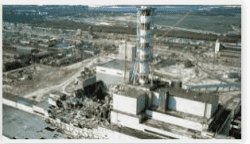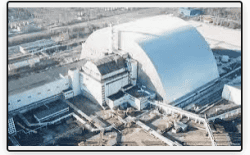The recent conflict in Ukraine has highlighted a site that was once the cause of a great tragedy in the world. On April 26 1986, the world’s worst nuclear accident happened. One of the reactors at the site exploded, blowing the top off the containment building. This was not a “nuclear” explosion, but it was the result of a buildup of pressure that had nowhere to go but up. As a result, the nuclear core was exposed to the atmosphere, and radioactive material was blown into the air. This then spread across the Scandinavian countries down as far as North Wales, Scotland and the North Coast of Ireland. As a result, the land around the immediate site in the Ukraine is still uninhabitable and will be for many decades to come. There are some attempts to clean this up, and it usually falls to the work of Contaminated Land Remediation specialists like soilfix.co.uk.

Ironically, the accident occurred during a late-night safety test. This was the age of the Soviet Union and the use of the RBKM reactor. These use a covering of graphite and steel to protect the core. The electricity is generated by a Steam generator, and the water is heated to a boiling point by graphite rods. The Power in the turbine was turned down for the test, and this then dropped to almost zero, which was dangerous.

Panicking and backed up with a culture of fear and incompetence, they pulled an emergency shutdown of the system, where the graphite rods were slammed into their holders to create something called a void coefficient. This was the worst thing they could do.
